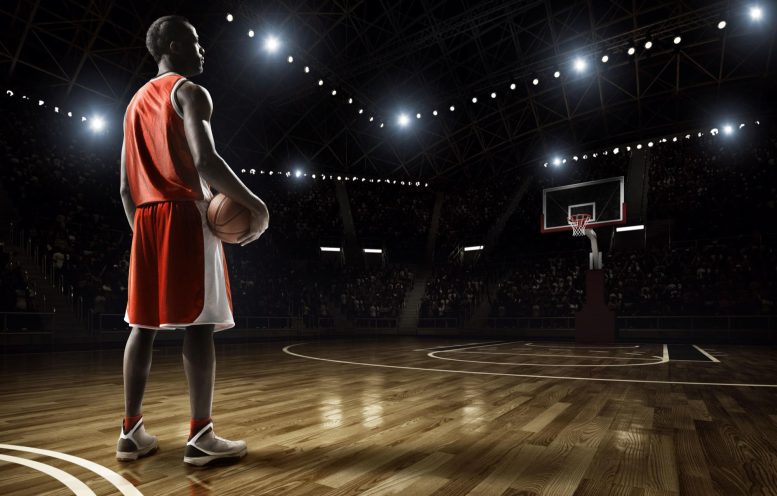
Basketball positioning refers to the placement of players on the court relative to each other and the ball. Good positioning can help a team maintain control of the ball, create scoring opportunities, and defend against the opposing team’s offense.
A physics theory that has been successful in predicting the collective behavior of molecules and fruit flies appears to be applicable to yet another group: NBA basketball players.
Using a model based on density functional theory, it is possible to determine the optimal positioning for basketball players in a given scenario. This can increase their chances of successfully scoring or defending against the opposing team.
Boris Barron, a doctoral student working with Tomás Arias, professor of physics recently presented his work at the American Physical Society conference in Las Vegas. He used detailed data of player positions from this season’s NBA games to develop his model.
Using the results, Barron is able to:
- predict where a particular player may go next;
- determine which players tend to be in good or bad positions;
- calculate the probability of success, either offensively or defensively, based on player positioning; and
- create simulations of how the opposing team will or should respond if a player performs a particular move, such as running across the court.
“We can see precisely where a player should be to help their team, and those few feet can result in as much as a 3% difference (in success),” he said.
“In these high-scoring games, three points out of 100 is a big deal for one player,” said Arias.
The mathematical models that Barron employs are based on Nobel Prize-winning methods originally developed to study large collections of quantum mechanically interacting electrons. The work builds on Arias’ research, which combines mathematical concepts and approaches from density-functional fluctuation theory to study everything from crowd behavior to social phenomena such as migration and segregation.
These methods work when you’re analyzing a game like basketball, Arias said, because the behavior of groups of people is difficult to quantify.
“Our physics techniques come into play because you’re not looking at players individually, but how they are collaborating on the court,” he said. “That’s why you need this higher-level analysis.”
The implications for team sports like basketball are obvious, Barron said. Coaches could input team- or player-specific data for their opponents into this model to develop a strategy to thwart the most common plays.
Meeting: American Physical Society conference








Not only sports, every moment of our life is mathematically modeled.